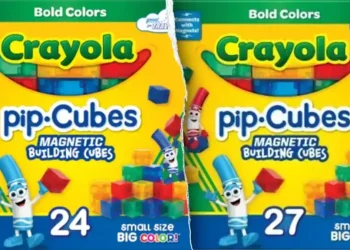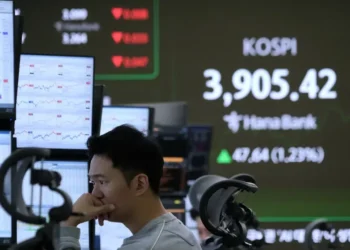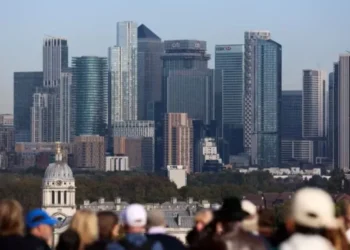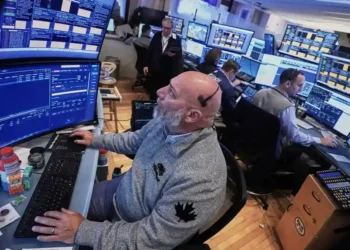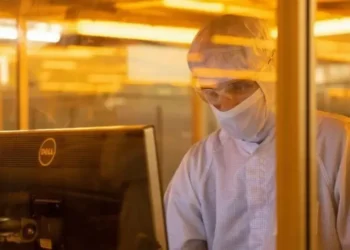Tesla reported record quarterly sales, but Wall Street wasn’t celebrating. Despite strong revenue numbers, profits fell short of expectations, and investors remain skeptical about the company’s near-term outlook. CEO Elon Musk is steering attention toward long-term bets like robotaxis and humanoid robots—but questions linger about when those ventures will pay off.
Falling Profits Overshadow Record Sales
Tesla’s third-quarter adjusted income dropped 29% year-over-year to $1.8 billion, while net income tumbled 37%. Even with record sales of nearly 500,000 vehicles, earnings missed analysts’ forecasts, sending shares down more than 3% in after-hours trading.
The drop in profits came despite strong demand in the quarter, largely fueled by U.S. customers rushing to purchase electric vehicles before a $7,500 federal tax credit expired on October 1.
Tax Credit Expiration Expected to Slow Sales
Analysts warn that Tesla’s fourth-quarter results could take a hit as demand softens. Many customers who planned to buy later in the year advanced their purchases to benefit from the tax incentive. The company, which generates nearly half its revenue in the U.S., could face slower domestic sales in the coming months.
Tesla also continues to lose ground globally to Chinese EV competitors. BYD, which dominates China’s electric vehicle market, is on track to surpass Tesla as the world’s top EV seller this year, even without selling in the United States.
Regulatory Credit Sales Plunge
A major source of Tesla’s past profits—regulatory credit sales—has been sharply reduced by recent U.S. policy changes. The Trump administration’s tax and spending bill eliminated federal penalties for exceeding emissions limits, erasing much of the demand for credits from automakers.
Tesla reported $417 million in credit sales in the third quarter, down $322 million from the same period last year. These credits have generated $11.4 billion for Tesla since 2019 and were often the difference between profit and loss in previous years.
Investors Unimpressed by Future-Focused Vision
During Wednesday’s investor call, Musk and CFO Vaibhav Taneja devoted most of their discussion to Tesla’s self-driving technology, robotaxi ambitions, and humanoid robots rather than financial results.
Musk said the company expects its robotaxi service to operate in 8–10 U.S. metropolitan areas by the end of the year—down from his July projection of reaching half the U.S. population. Production of the Cybercab, Tesla’s steering-wheel-free autonomous vehicle, is scheduled to begin in mid-2026, with safety drivers still required during the early rollout phase.
Tesla is also preparing production lines for its Optimus humanoid robot, though no launch date was announced.
Musk’s $1 Trillion Pay Package Sparks Debate
The call also marked Musk’s first public comments since Tesla proposed a new CEO compensation plan worth up to $1 trillion in stock. Shareholders are set to vote on the package at next month’s annual meeting.
“It’s not like I’m going to go spend the money,” Musk said. “I just think there needs to be enough voting control to give us strong influence—but not so much that I can’t be fired if I go insane.”
Market Reaction
Tesla’s shares fell more than 3% after the earnings call, reflecting investor concerns over falling profits, declining regulatory credits, and slowing EV demand. While Tesla’s focus on automation and robotics excites some long-term backers, most analysts agree the near-term outlook remains uncertain.
This article was rewritten by JournosNews.com based on verified reporting from trusted sources. The content has been independently reviewed, fact-checked, and edited for accuracy, neutrality, tone, and global readability in accordance with Google News and AdSense standards.
All opinions, quotes, or statements from contributors, experts, or sourced organizations do not necessarily reflect the views of JournosNews.com. JournosNews.com maintains full editorial independence from any external funders, sponsors, or organizations.
Stay informed with JournosNews.com — your trusted source for verified global reporting and in-depth analysis. Follow us on Google News, BlueSky, and X for real-time updates.


